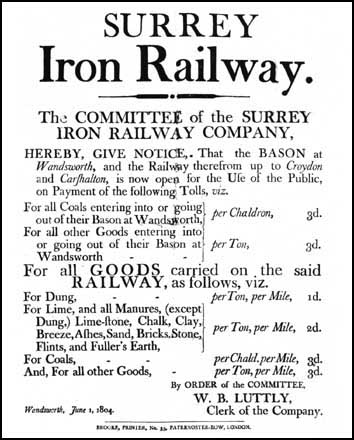The sausages here are... different. Probably a LOT healthier than the UK variety as they're often made from real meat rather than the pig's ears and ar$eholes. I have some in the freezer already, but.... there's something about the homemade sausages made by a local and trusted butcher in the UK that stands head an shoulders on the stuff I can get locally. The UK butchers make them using ingredients that break from the routine and they turn out to be very complimentary to the flavour. Here in rural Normandy if you consider just putting mixed herbs in the saucisses you risk being burned at the stake in the town square for heresy.
They're rather traditional over here, at least where I am, so much so it's actually a fault. The locals often won't accept an alternate way of doing something, even if the new method is shown to be better they won't budge from the old ways- "Parce que nous avons toujours fait comme ça."
Must admit to being a sausage nut too and it's a kind of a sad reflection on us that the British sausage industry was revamped by a South African butcher who was appalled by what he found here in the 80's when he moved here. He thought that UK saudsages would be the best but found them very poor. So started off his business and soon the other butchers and supermarkets followed suit.
Brother Bob and I got some snorkers from
Wholefoods yesterday and they're arguably the best snorkers outside an artisan butcher. We had the spicey Italian ones for tea with an arrabbiata sauce and linguini. Lovely, then pork ones for breakfast. The have a really nice taste and testure with a good crumb to them.
I quite like French sausages though some can be a bit "lumpy". And I know what you mean about hot traditional the French can be. (Why we have so many troubles with their EU farming policy.)
Well not many sleeps 'till you get over to Blighty and get some British beef inside you (Ooer misses!), I'm sure that Uncle Kelly and the others will feed you up!.
Take care Pa.













